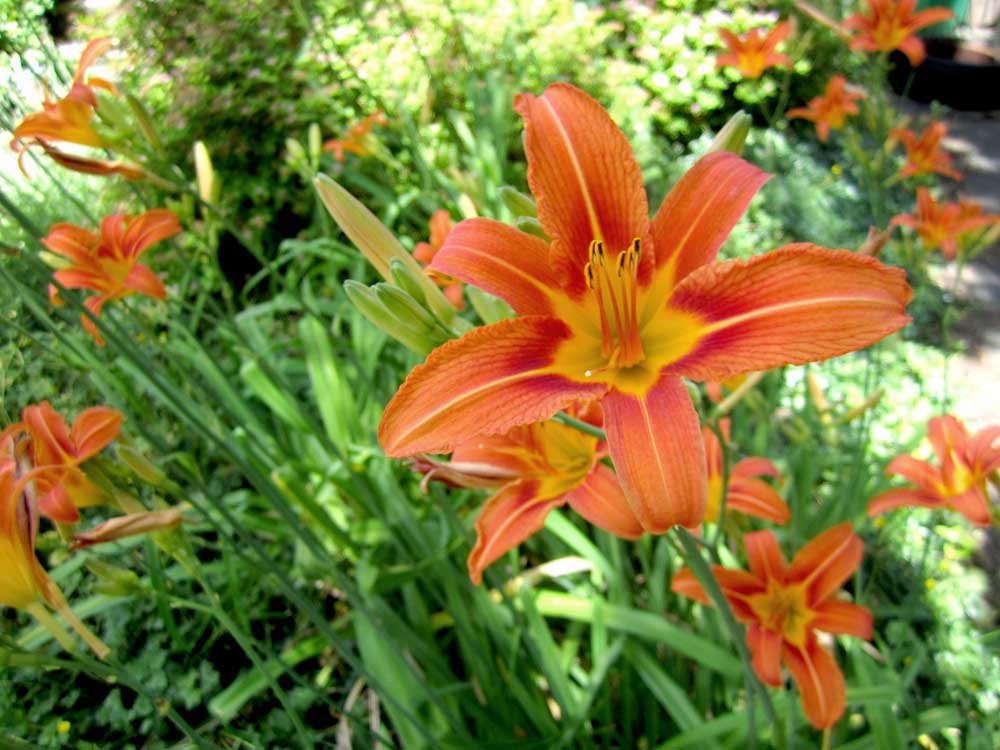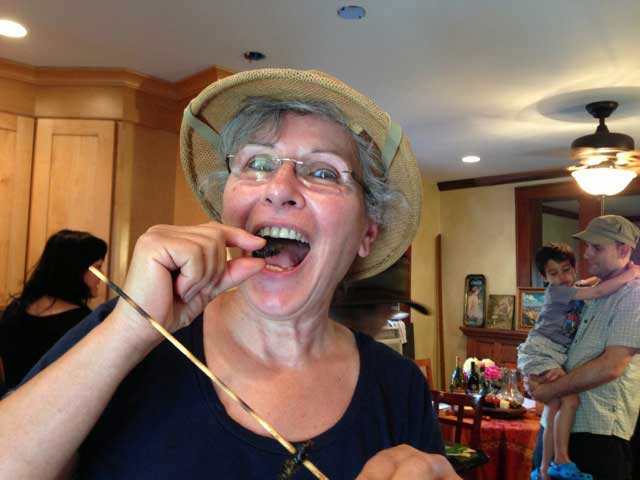Foraged Roots Run Deep – The Forager’s Garden

The forager’s garden produces so many foods to be discovered or re-discovered.
Considered by most to be weeds or invasive, native perennials will take over a garden very quickly if given a chance. But if gardeners were to learn the value of what they commonly throw on the compost pile, they can save a lot of back breaking work and money when they realize that most of these “weeds” are actually delicious and nutritious food. Free, super local, ultra seasonal and amazingly nutritional.
However, with every upside, there is always a downside. In today’s convenient world, foraged foods are very un-convenient. They take an investment of time to get the from pasture to table. Although much of the food is growing only steps away from your front door, most plants need to be dug up, washed, dried, soaked, pickled or par- boiled. In the case of stinging nettles, gloves and sheers are needed just to harvest them. But if our diets can be significantly enhanced for the better by including even a small percentage of foraged foods shouldn’t the effort be willingly made?
Once a survival trait, our ancestors had, by necessity, an extensive knowledge of foraged greenery. They knew wintercress, with it’s high vitamin C content, prevented scurvy in winter months when only meat, grains and some root vegetables were available. Although our ancestors did not know the scientific reasons why these particular foods did what they did, they found, by being tuned into nature and through generation after generation of use, that these particular foods did the trick. We now know that wild plants vs cultivated plants contain up to 50% more vitamins and minerals, more phytochemical content (antioxidants and anti-microbial properties) and a more natural balance of anti inflammatory omega 3’s to inflammatory omega 6‘s. Our lawns are scattered with highly nutritious foods. Dandelions, for example have high concentrations of vitamin A, C, K, B6, E and minerals such as calcium, iron, potassium and manganese. Wood sorrel are extremely high in vitamin C and red clover is abundantly high in calcium, magnesium as well as isoflavones. We also know that eating with the seasons gives the proper amount of vitamins, minerals and medicinal properties our bodies need exactly when we need them. And, by eating local food vs food that has been shipped in from across our country or from other countries, the nutritional value is much more dense.
It stands to reason that food growing right under your feet, in your own back yard, far surpasses anything you can get at the grocery store. And, as if nutritional value weren’t enough, a foraging expedition satisfies all our primal needs too. The thrill of the hunt, never knowing what will be found in the season you are in, patience and care when tending to the plant or plants in the preparation of a meal and gratification of a full stomach at the end of a foraged feast. This brings on an accomplishing feeling, more so than any trip to the grocery store can do. For there is a vibrant feeling from within the forager who creates such a feast and a comfort knowing that even with our food system being as screwed up as it is, nature will alway find a way to dig it’s roots in and survive.
By Lisa Caccamise











You must be logged in to post a comment Login